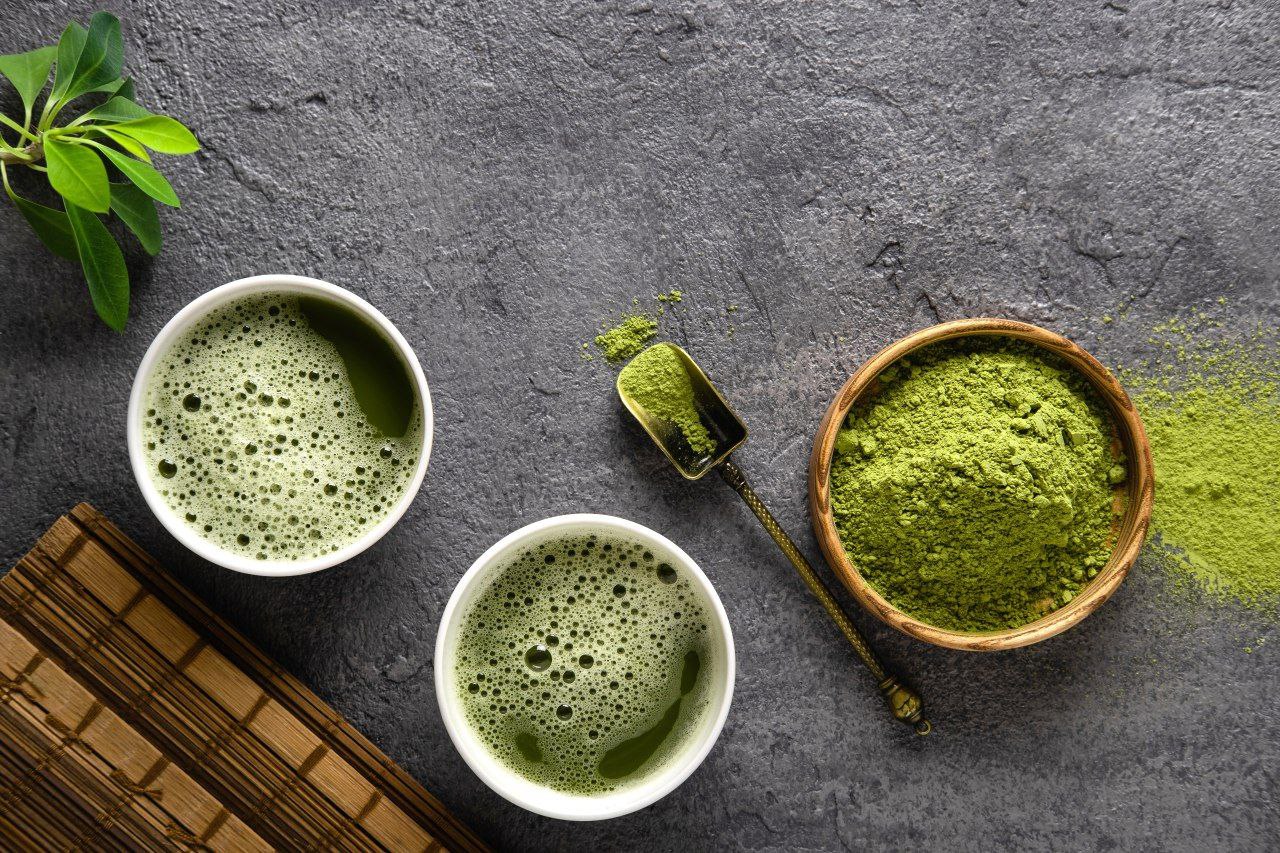New to life in the matcha world? Well, then certainly you’re wondering how to make it—how hot, and hot or cold, and at what temperature to brew it best. Matcha temperature actually plays a big role in getting that beautiful emerald green color and silky, foamy mouthfeel. Get it too hot, and you’re ruining its taste, but make it too cold and it won’t mix at all. Whatever your question “does matcha have to be heated?” is, or your question about hot and cold matcha, water temperature is a big issue. In this article, we will show best temp for matcha, tips for not burning it, and why correct temperature for brewin’ matcha is a key to unlocking its full range of medical benefits and deep, rich taste. Let’s find perfect temperature for matcha water for your perfect tea, then!
What Makes Matcha Extraordinary
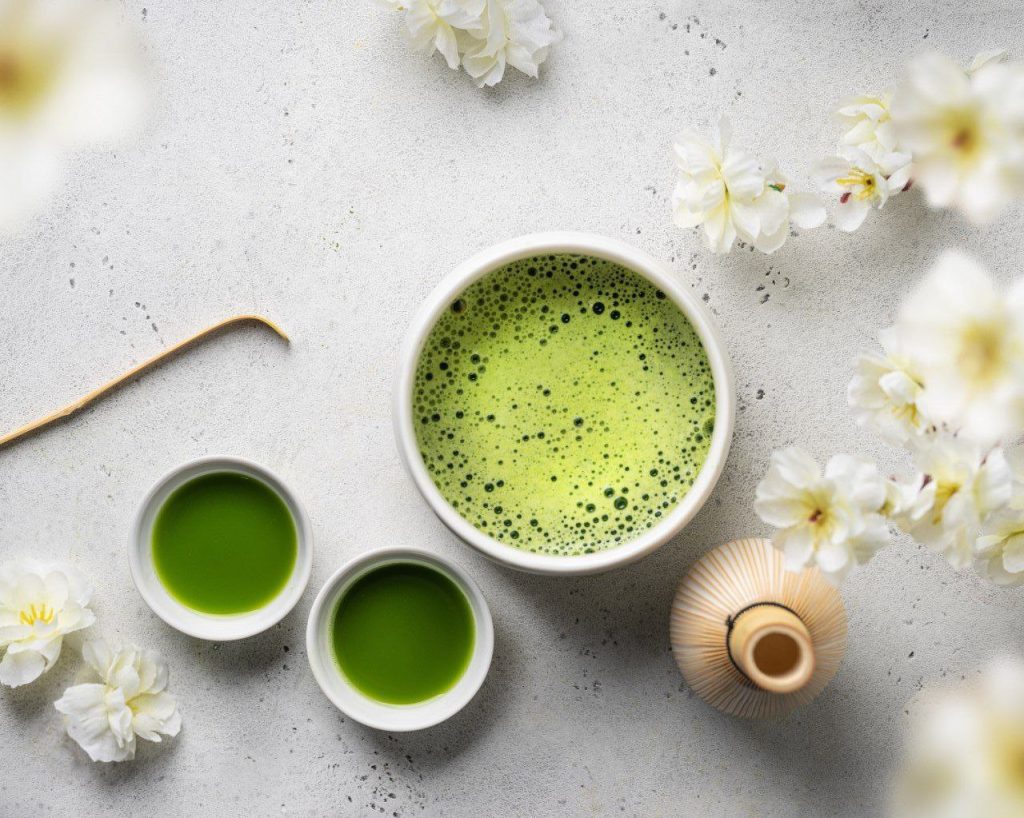
Matcha is a perfect alternative if you’re fed up with ordinary coffee or black tea but require that caffeine boost. That vibrant, deep-green-colored, powdered-green-tea-leaves-turned-drink, with a rich over one-thousand-year-old history, particularly in Japan, is a perfect alternative for a caffeine boost. Unlike ordinary green tea, matcha is produced under shade, enhancing its chlorophyll and amino acid, and for that deep, rich green hue and increased caffeine and antioxidant level, respectively. It’s a new fave in healthy-conscious cafes worldwide, with a whole lot more to deliver in terms of its many health benefits, such as increased brain function, healthy liver, and even weight loss. It’s available in a variety of forms, such as in a matcha latte, shot, or even desserts, and is a healthy and nutritious alternative.
Flavor-wise, nothing compares to a matcha latte, with its earthy and sweet flavor, a little acquired but well worth it, with its perfect harmony of bitter and sweet, courtesy of its one-of-a-kind preparation of its leaves, in that it shades them first before harvesting them. For a smooth, long-lasting energy boost, minus that coffee-related jolt, a mix of its caffeine and amino acid, theanine, is a life-changer, and a healthy, energizing alternative to your ordinary caffeinated drinks, and not a fad, having been enjoyed for centuries, no less, and a healthy, energizing alternative to your ordinary caffeinated drinks, and not a fad, no less, and enjoyed for centuries, no less.
Why Matcha Temperature Matters
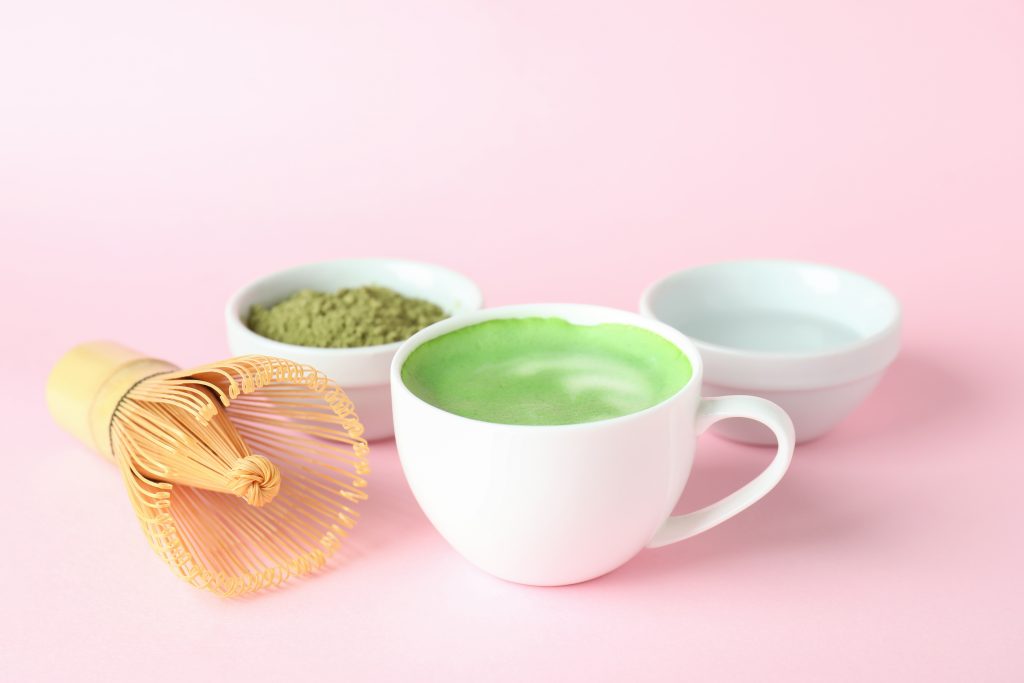
When it comes to preparing matcha, temperature comes into play when it comes to water temperature. Matcha temperature can totally transform your flavor, your color, and your sensation for your beverage. Have you ever questioned, “how hot is too hot for water for matcha?” or “do I make my matcha hot or cold?”—you’re in luck.
The correct temperature of your water for your matcha is key to it all. In case the water temperature is too high, then your delicate powder will burn, and that will introduce a lot of bitterness and deaden its brilliant, emerald-green hue. On the opposite, when the matcha temperature is too low, then your mixture won’t mix, and your froth won’t have a silky, foamy feel.
If you’re interested in matcha recipes and looking for creative ways to incorporate this amazing tea powder into your dishes, we recommend checking out the following article: What Are the Irresistible Matcha Recipes? Unique Recipes for Every Occasion
What is the Best Temperature for Matcha?

So, then, what’s the best temperature for matcha? Matcha temperature between 140°F and 175°F (60°C – 80°C) is perfect. Any temperature over 175°F will burn your matcha, and your tea will have a yellowish, browner hue and a less delicate, rougher flavor. We even played with creating a tea with a range of temperatures of water and saw that with boiling water (212°F/100°C), it totally changed both its hue and its flavor. Boiling water-made tea produced an oxidative, browner hue, and room temperature water-made tea preserved its brilliant, emerald-green.
Now, then, hot or cold, do you have your matcha? Well, both, actually. Matcha hot and cold is a matter of preference. For an iced matcha, no hot water is even a requirement—just use room temperature, cool water to mix with your powder and then add your ice. For hot, simply use your ideal temperature for your matcha tea, and off you go!
If you don’t have a temperature-control kettle, don’t fret, for water can be attained with ease by having boiling water sit for a minute or two in preparation beforehand.
Tip: pass hot water between two cups in a try to cool down gently. For a perfect brew of matcha, at any point, investing in a temperature-control kettle is a life-changer.
So, is matcha necessarily heated? Not necessarily. Matcha temperature for preparing hot drinks is important, but not for preparing cold ones. Enjoy your tea hot or iced, and make a note to pay careful consideration to your matcha temperature, and your cups will have the best in terms of both taste and texture out of each and every one.
Choose your preferred matcha temperature, and your cups will have a flavorful, silky, and rich brew of matcha.
If you’re looking to buy Matcha powder but aren’t sure where to shop, I recommend Golden Herbs. They source their Matcha tea directly from the farms of Uji, Kyoto, known for producing some of the highest quality Matcha. You can trust them for a rich, authentic Matcha experience: GoldenHerbs.com
Does Heating Matcha Alter its Nutrition?
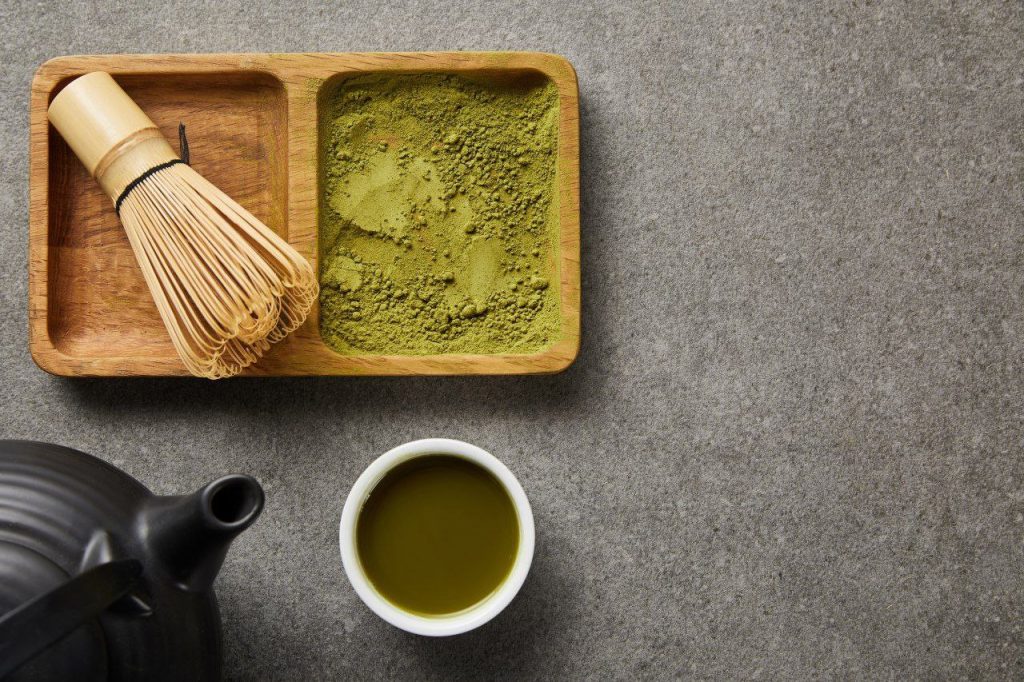
Heating matcha can actually ruin its nutritional value. In case your water is too hot, for instance, boiling, then it can ruin part of its useful contents, like amino acids and catechins. That will make you lose its antioxidants and make its taste become bitter. So, in case you don’t want to lose its value and taste, then use water at a temperature of about 80°C (176°F). That’s when it comes to getting the best temp for matcha.
Either when determining whether matcha is hot or cold, then don’t overheat it, and neither will you when determining between hot and cold when selecting a temp for matcha. Matcha temperature for brew actually comes in when you’re in search for perfect taste and nutrition.
And when selecting a temp for your matcha water, then don’t go high with it.
So, is matcha better hot or cold?
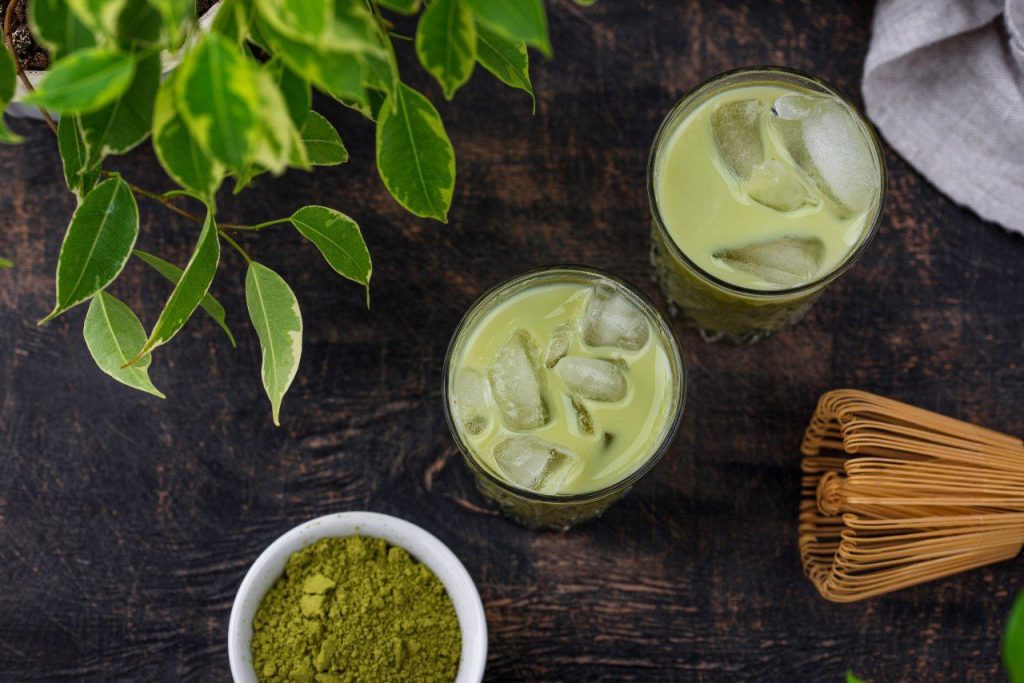
Well, that will depend on your purpose.
Either when new to matcha, then naturally, you’ll wonder about its best consumption.
For its taste, cold matcha will have a milder, refreshing kind, but hot matcha will have a deeper, creamer, and nuttier one.
But, in case its taste proves a little strong for your preference, then using cold water will make its taste less bitter and milder. In case its taste is similar to that of fish, then your matcha could not have been high in quality, but possibly its contents could have been ruined through overheating, then don’t overlook that.
So, in case its temperature for brew isn’t in your mind, then don’t go over 80°C (176°F)!
Now, if you’re working with high-quality matcha, brew with cool water. The higher your matcha, the cooler your water will have to be. Cooler water brings out your flavors, specifically that one, that umami one. But, with water that’s too hot, you miss out a little on that delicate one. For high-quality matcha, use water at a temperature of roughly 80°C (175°F) in order to preserve your flavor.
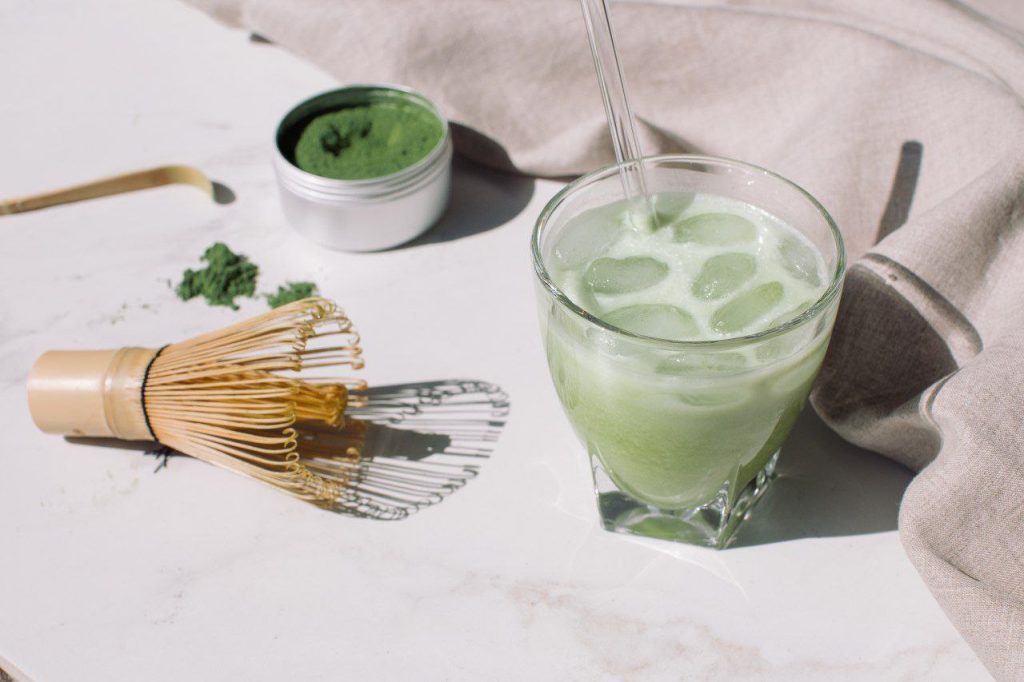
And, tip: use a bamboo whisk and your flavor will pop, especially with high-quality matcha.
For healthy gain, hot matcha can release amino acids such as L-theanine, famous for creating a state of calm and alertness. Researchers have actually proven that consuming matcha raises brain waves for alertness. Cold matcha, on the other hand, is full of healthy gain, such as an improvement in energy, balancing your hormones, and possibly even cutting your heart disease and even your chance at getting cancer. Keeping your matcha cold keeps healthy compounds in, and with hot water, out.
Although matcha contains a little caffeine, it’s not enough to make you nervous, and won’t cause jitters and crashes, but too much and headaches and insomnia.
So, hot or cold, matcha? Well, a lover of flavors will most probably enjoy cold matcha, but for a healthy gain, brew it hot, possibly.
Either way, a healthy, soothing brew.
The Final Word
To put it all in a bow, having your perfect temperature for your matcha is the key to unlocking its full flavor and nutritional value. Regardless of whether you’re drinking your matcha hot or iced, your water temperature for your matcha is a consideration. For hot matcha, use a temperature of 140°F to 175°F (60°C – 80°C) to not make it too bitter and maintain that beautiful green color. For iced matcha, go ahead and even use room-temp water and cool water and forget about hot water altogether and just mix your powder with room-temp water or cool water. Either way, proper temperature tea water with your matcha keeps your delicate powder safe and your froth and your brew silky-smooth, every time. Next time you brew your matcha, keep in mind: ideal temp for your matcha is all about finding a sweet spot!

